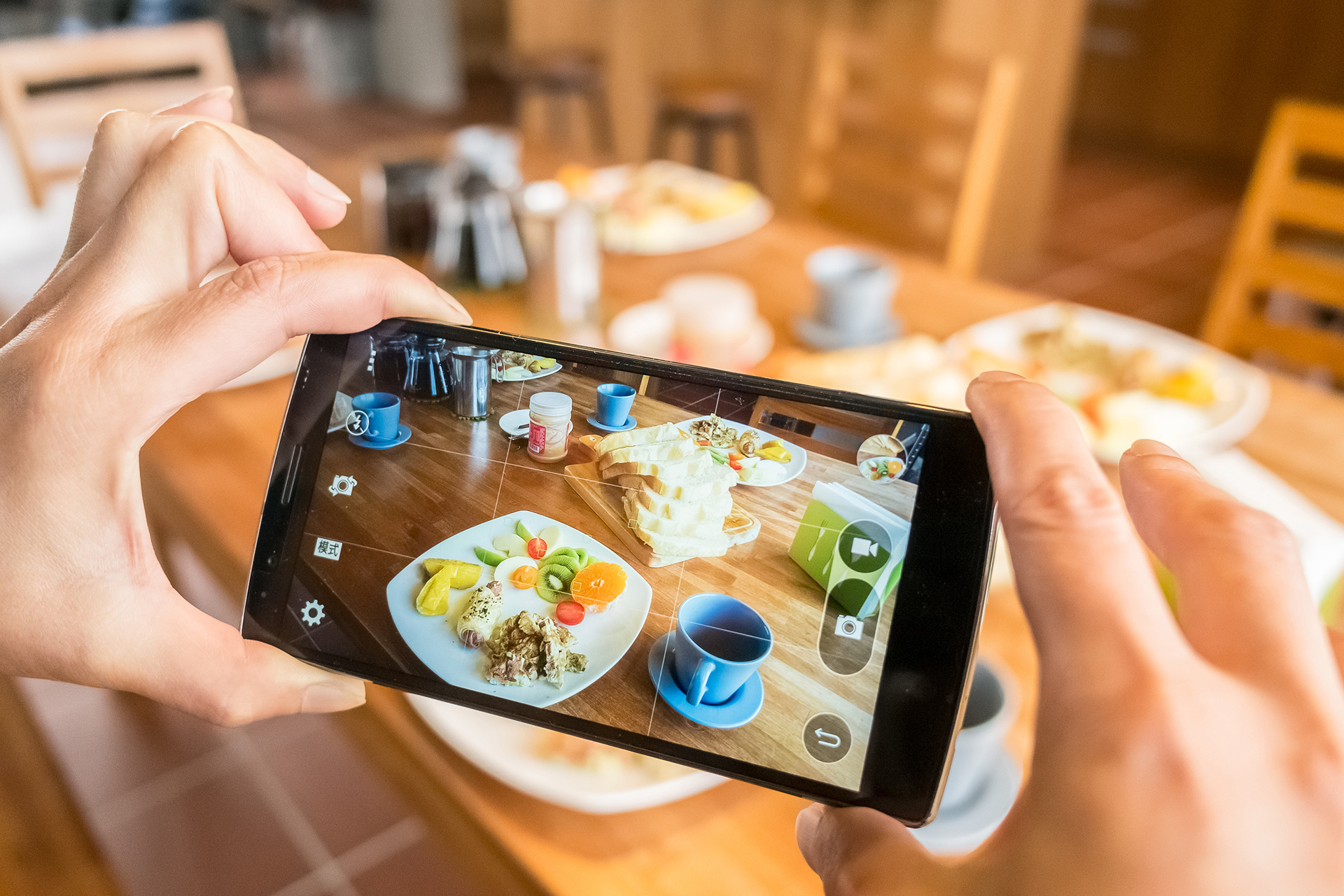User-generated content, consumer-generated content or UGC, is original content created about or for brands by consumers and published on social media and other channels.
User-generated content can be seen as an authentic, cost-effective approach to marketing. While influencers can be used for UGC, at the core of user-generated content is that current customers, “friends and family,” are the creators of promotional materials. According to a study conducted by Oracle in partnership with Jeanne Bliss of Customer Bliss, consumers are twice as likely to trust family members at 77% and friends at 75% than any other source for shopping recommendations. The next most trusted source, at 38%, is colleagues. According to the report, when it comes to influencing purchase behavior, influencers/bloggers sit at 14% and celebrities at 7%. Ad-wise, the most trusted source of tech-driven recommendations was social media ads, trusted by 23% of consumers. Social media management site Hootsuite goes as far as to call UGC the “modern-day word of mouth.”
If users are not currently creating content surrounding a brand’s products, the company must first create a platform or opportunity for users to share content. An important aspect lies in designing a good campaign or offering an incentive that will make users want to participate. Along with using social media contests or hashtag challenges, low-cost options such as discount codes or free/sample products can also motivate participation. Providing clear and specific instructions for creators aids in receiving high-quality content. After receiving a piece of content that brands like, the brand can gain permission from consumers to use for marketing initiatives if it was not granted upon submission. The campaigns can be evergreen or short-term.
Some creative trends currently being used are testimonials; third-person and POV videos of users interacting with the product; using direct address (communicating directly to consumers) to share benefits of the products; and commentary, using casual real-time reaction to discuss the product.
Promotion of a UGC campaign can be done through multiple channels, including a company website, email newsletter, call to action on social media, through hiring an influencer to boost entries and placing a paid ad on social media.
The “2022 Creative Guide to Influencer Marketing and UGC Ads” by Consumer Acquisition broke down UGC facts and figures by conversion and engagement stats, social media companies investing in UGC, UGC ad creative trends and ad creative averages. It found that the global UGC market is at $3.58B with an estimated 26.6% compound annual growth rate from 2021-2028. The paper found there is a 28% conversion when combining UGC and paid content and 12-times engagement for video UGC over any other type.
Furthermore, the Stackla Data Report, “Bridging the Gap: Consumer & Marketer Perspectives on Content in the Digital Age,” found that consumers are 2.4 times more likely to say UGC is most authentic when compared to branded content. Ninety percent of consumers say authenticity is important when deciding which brands they like and support, up from 86% in 2017; and 51% of consumers believing less than half of brands create content that resonates as authentic. Moreover, 79% of people said UGC highly impacts their purchasing decisions and consumers found UGC 9.8 times more impactful than influencer content when making purchasing decisions.
Stackla also found consumers create the content they want to see from brands: 56% of consumers say that UGC photos and videos are the content they want to see most from brands. Nearly all (89%) said they would post about a positive travel experience; 85% about a positive restaurant dining experience; and 65% about a positive health or beauty product experience. Additionally, 51% of consumers say they’d be more likely to continue engaging with and/or purchasing from a brand if it shared their photo, video or social post across its marketing.
The Stackla data report concluded marketers could benefit from prioritizing the use of the consumer-created visuals that users seek. There is a high quantity of freely available visuals that can lower costs of content while producing engaging effective content at a fast frequency.
It’s more important than ever to create meaningful connections with consumers who are increasingly craving authentic content. User-generated content is an efficient, low-cost way to produce marketing materials with a personalized edge above the rest. As a sole source of marketing content or when used in combination with paid and other forms of marketing, UGC has a place in marketing strategy: content made by the people, for the people.






